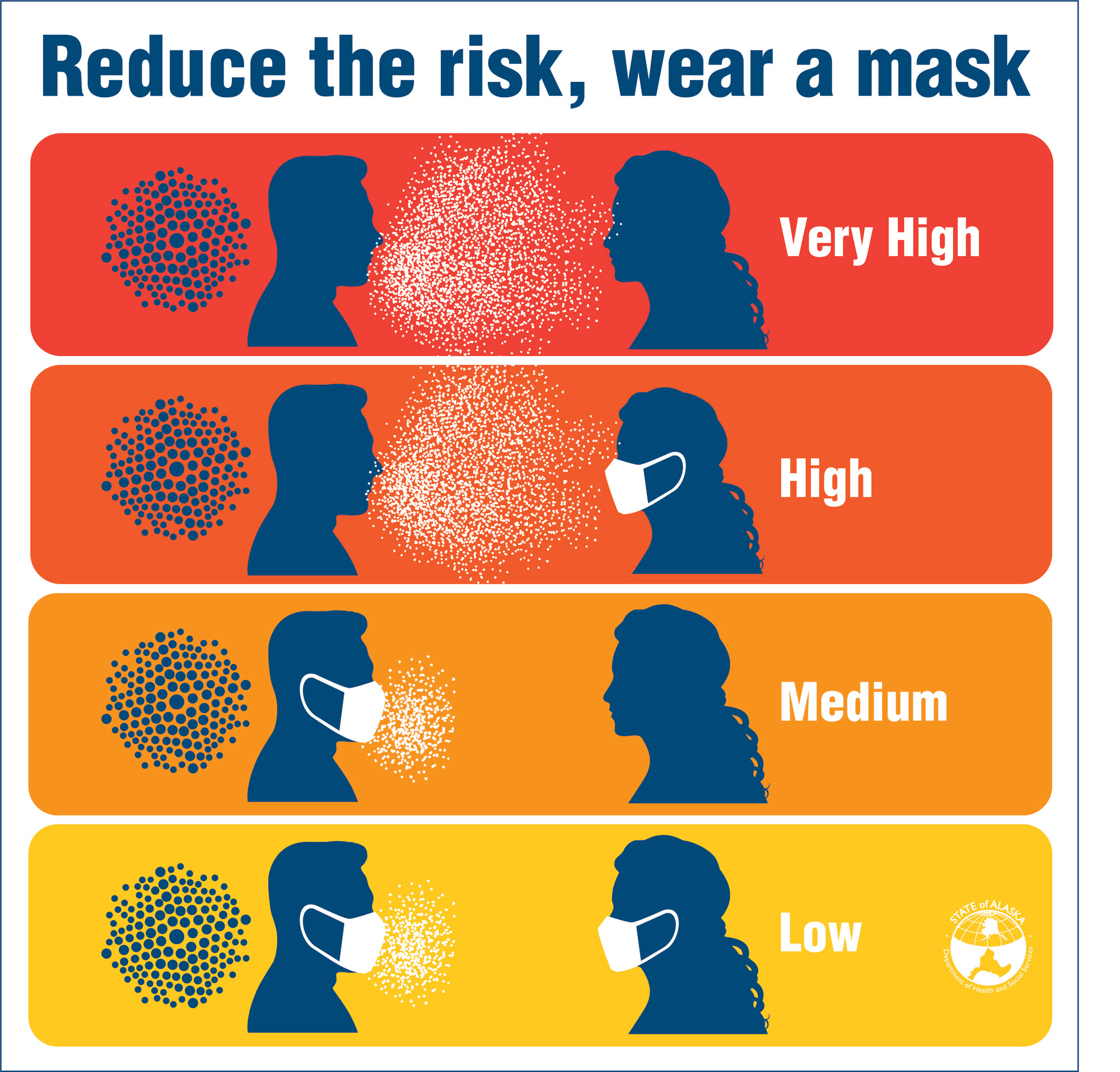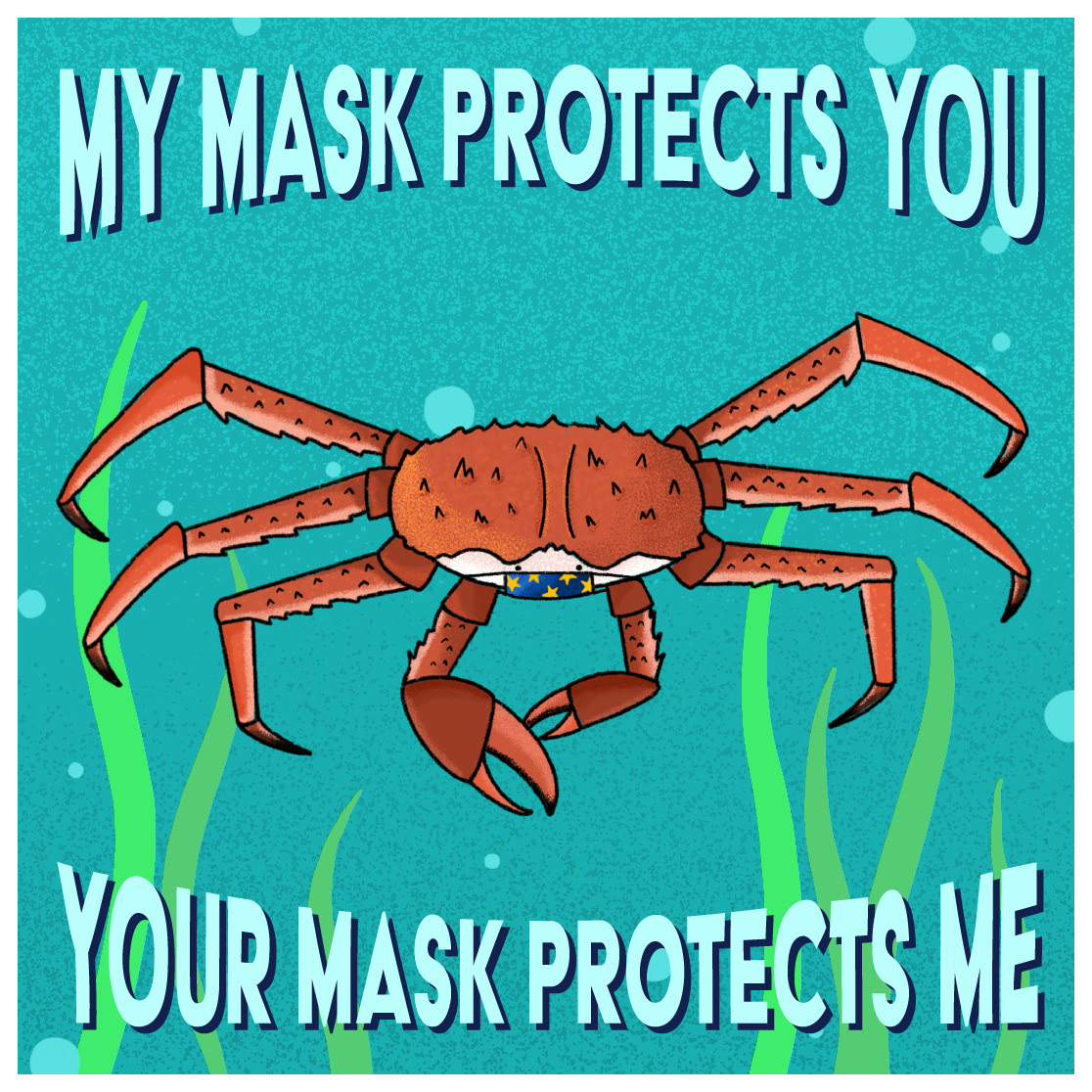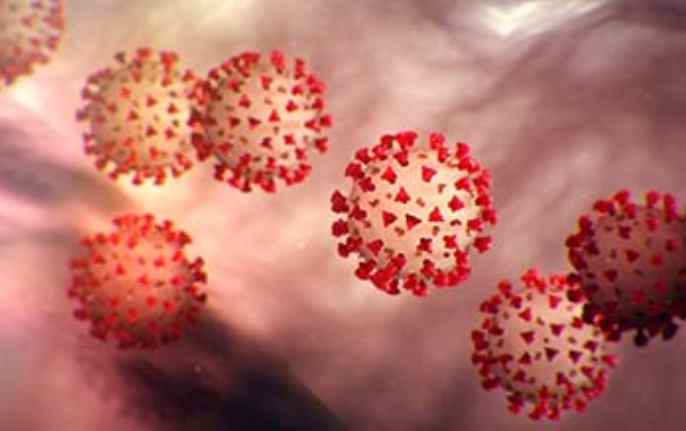Alaska’s lead doctors strongly recommend wearing masks while playing sports, exercisingIncreased chances of spreading illness as COVID-19 cases climb and sports move indoorsOCTOBER 9, 2020 — During a statewide meeting this Monday, doctors from the Alaska and Anchorage health departments strengthened their guidance for wearing masks given rising COVID-19 cases and a move to indoor sports. Doctors recommend that all youth athletes wear masks when they’re playing or competing — even when that activity is vigorous. In the summer and fall, coaches, school districts and athletic associations wrote COVID-19 mitigation plans for youth sports that prioritized wearing face coverings while on the sidelines, coaching or watching. Players could choose to wear masks while engaged in vigorous activity, but some mitigation plans said athletes didn’t have to wear face coverings during exertion. Alaska’s lead doctors now strongly recommend wearing face coverings for sports, especially for indoor sports, including playing basketball, wrestling, cheerleading, and playing hockey and indoor soccer. That same strong recommendation for mask wearing goes for adults working out, running on treadmills, or exercising in other ways in indoor gyms. The exception? Swimmers can’t wear a mask when their faces are in the water (but they do need to wear one on the pool deck).
“I am 100 percent in favor of safe distancing and universal masking,” said Dr. Bruce Chandler, chief medical officer with the Anchorage health department. “Unless our face is underwater, I think we should all be wearing masks when we’re around people — except when we’re at home.” If all youth athletes wear masks, that also levels the playing field and eliminates any competitive advantage attached to not wearing a mask, said Dr. Elizabeth Ohlsen, staff physician with the Alaska Department of Health and Social Services. COVID-19 cases increasing statewide, mainly in larger communitiesCOVID-19 cases are increasing significantly in Alaska. Nearly 1,000 new infections have been reported during the past week, Ohlsen said. “The majority of the cases are increasing in Fairbanks and in Anchorage. In those two communities, they are increasing very quickly,” Ohlsen said. When the number of cases goes up, it increases your chances of being exposed to someone who’s sick and does not know it while you play sports or attend a gathering, Ohlsen said. These interactions can keep increasing the spread of COVID-19 throughout communities and beyond if you’re traveling from one city to another for competitions or events. [content id=”79272″] Until now, many sports held during the pandemic were outside where there’s fresh air circulating and space to spread out from others. “With indoor sports, this gets much trickier,” Ohlsen said. Dr. Joe McLaughlin, Alaska’s state epidemiologist, discussed a new update to Centers for Disease Control and Prevention guidance about how COVID-19 can spread. The recent update states there’s good evidence that COVID-19 can spread person-to-person through airborne transmission of very small virus particles that can remain suspended in the air, not just through respiratory droplets that you might breathe, yell, sing, cough, or sneeze out. Airborne transmission appears to be a much less common way for the virus to spread than close-range (less than 6 feet) respiratory droplet transmission. Documented airborne transmissions have typically involved the presence of an infectious person being in an enclosed and poorly ventilated space for an extended period of time (more than 30 minutes). Enough virus was present in the space to cause infections in people who were more than 6 feet away or who passed through that space soon after the infectious person had left. “This underscores the importance of avoiding congregate settings and wearing a mask when you are in an enclosed space with others, even if you are able to maintain a 6-foot distance from them,” McLaughlin said. Multiple sports teams under quarantine due to COVID-19 exposureYouth sports teams across the state are also reporting COVID-19 cases and possible exposures. The Anchorage School District (ASD), for example, reported 14 teams undergoing 14-day quarantine periods due to potential virus exposure from a teammate or coach, said Marty Lang, an ASD director of secondary education, at Monday’s meeting. Eleven of those 14 teams under quarantine play indoor sports, he said. ASD issued a two-week stop to high school volleyball after multiple teams at a handful of schools reported COVID-19 illness, related symptoms, or exposure to illness. “We definitely seem to be seeing more outbreaks indoors than with our outdoor sports,” he said. Lang joined Holly Zumbro, ASD principal of activities and student services, at the meeting Monday to share updates about fall sports mitigation plans. They also asked questions to inform upcoming mitigation plans for soon-to-start winter sports. As of Oct. 5, ASD had not reported a case of COVID-19 transmission from one team member to another. The state health department, however, has seen likely person-to-person transmission linked to youth sports not associated with school. Lang said ASD had a student athlete who practiced and competed while having COVID-19 symptoms for almost a week before reporting those symptoms. He said the district is reinforcing that student athletes should not come to practice or competitions when feeling ill. Locker rooms should be limited to use of bathrooms and athletes should come dressed to play for practice or competitions, said state health department leaders. Take the time now to try many masks and choose what’s most comfortableOhlsen knows firsthand that you can wear masks during sports and still perform well, even when competing. She’s been wearing masks for years while cross country skiing to minimize symptoms from exercise- and cold-induced asthma. Ohlsen recommended that families help youth athletes find the masks that work for them. They can try many different types to find ones that are comfortable on their faces and allow them to breathe while playing or competing at a vigorous level. At first, wear the masks for short bouts of activity. Then work up to wearing the mask all the time during sports, Ohlsen said, even during full exertion at competitions. [content id=”79272″] “I have found it really helpful to have different masks for different activities and different levels of intensity,” said Ohlsen. “It is something that you can get used to.” Some people prefer to exercise while wearing surgical masks. Dr. Anne Zink, Alaska’s Chief Medical Officer, likes to wear this type of mask while running outside and when she may be around other people on the trails. For light bike rides, hikes, and trips to the grocery store, Ohlsen wears double-layer cloth masks that are easy to wash in the laundry, using hot water and detergent. When she skis longer distances, Ohlsen wears a buff that she can fold over to provide a double layer of fabric over her mouth and nose. This still allows her to breathe during exertion. She chooses a neoprene mask when she’s skiing in below-zero temperatures. Slowing the spread of COVID on the sports field requires being careful off the fieldWearing masks during sports practices and competitions can help prevent the spread of illness on the basketball court, field or trails. But that only accounts for actions taken during an hour or so each day. How athletes act during the other 23 hours of their days can have a huge impact on spreading illness — or not — among their teammates, coaches and spectators, said Ohlsen and other Alaska doctors. “A lot of what we’re seeing is kids passing it to kids, not in our athletic venues, but in driving in cars together, participating in sleepovers, pizza parties — all of those sort of natural social behaviors of teenagers,” said Lang from ASD. These day-to-day decisions that include wearing face coverings when near others have big impacts on the amount of virus spreading in communities. Zink acknowledged that we would all rather not wear masks, but this won’t last forever. This fall and winter, while cases are high prior to getting a vaccine, masks are a tool we can all use to protect our communities and our kids, she said. Wearing masks while playing sports could protect children’s and teen’s health today and for years to come. “Masks slow the spread of COVID-19 in our communities, but also help to protect the people wearing them,” Zink said. “COVID is new and we are still learning a lot about the long-term health impacts, even in young athletes. A mask can help protect their long-term health as well.”
Read the entire Play Every Day blog online. Sign up to receive announcements for updates to Play Every Day’s blog and website. Play Every Day is a campaign with the Alaska Department of Health and Social Services to help Alaska children grow up at a healthy weight and encourage families to be physically active and choose healthy drinks. For more information, visit www.playeveryday.alaska.gov.
|








